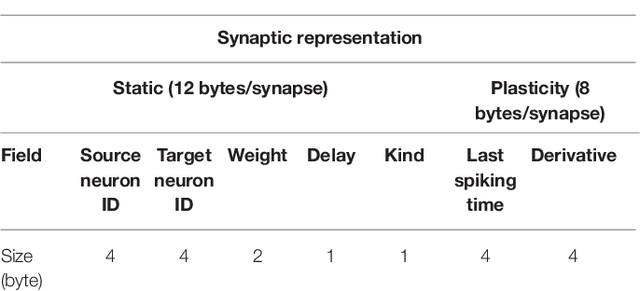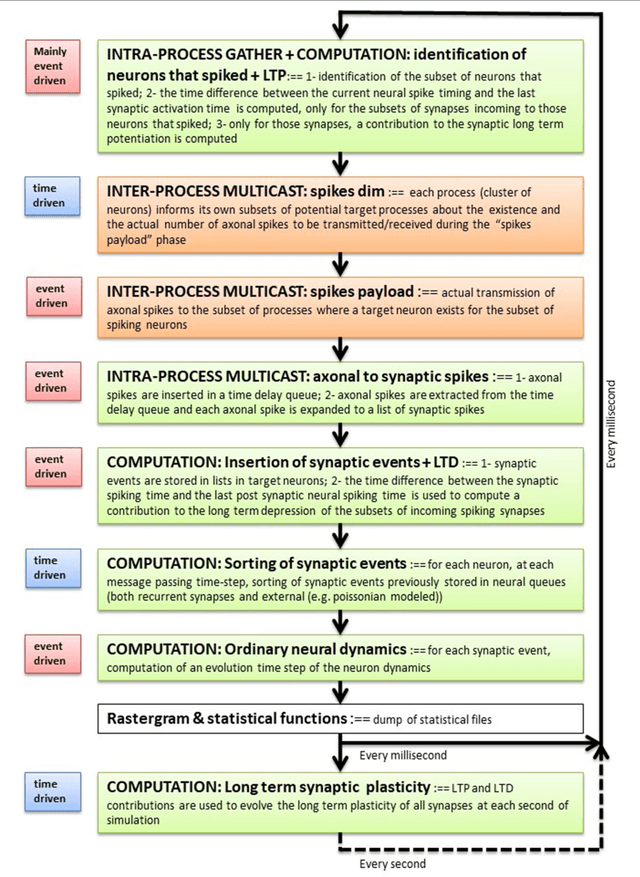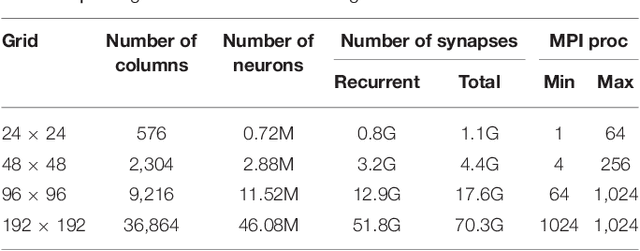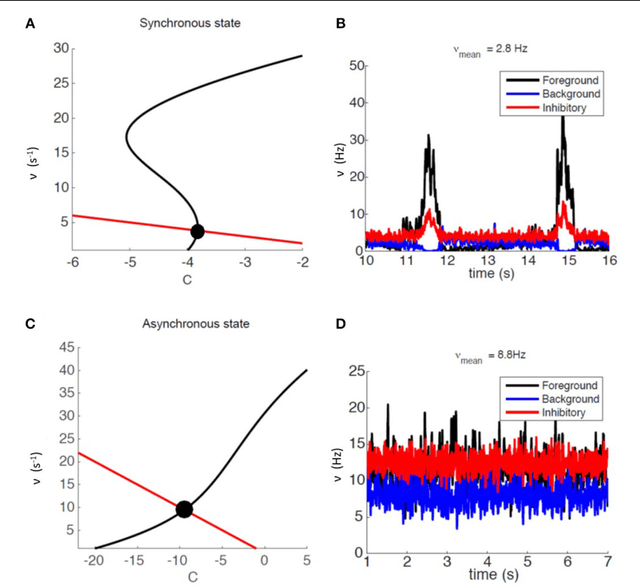Maria V. Sanchez-Vives
Hopfield-Enhanced Deep Neural Networks for Artifact-Resilient Brain State Decoding
Nov 10, 2023Abstract:The study of brain states, ranging from highly synchronous to asynchronous neuronal patterns like the sleep-wake cycle, is fundamental for assessing the brain's spatiotemporal dynamics and their close connection to behavior. However, the development of new techniques to accurately identify them still remains a challenge, as these are often compromised by the presence of noise, artifacts, and suboptimal recording quality. In this study, we propose a two-stage computational framework combining Hopfield Networks for artifact data preprocessing with Convolutional Neural Networks (CNNs) for classification of brain states in rat neural recordings under different levels of anesthesia. To evaluate the robustness of our framework, we deliberately introduced noise artifacts into the neural recordings. We evaluated our hybrid Hopfield-CNN pipeline by benchmarking it against two comparative models: a standalone CNN handling the same noisy inputs, and another CNN trained and tested on artifact-free data. Performance across various levels of data compression and noise intensities showed that our framework can effectively mitigate artifacts, allowing the model to reach parity with the clean-data CNN at lower noise levels. Although this study mainly benefits small-scale experiments, the findings highlight the necessity for advanced deep learning and Hopfield Network models to improve scalability and robustness in diverse real-world settings.
Scaling of a large-scale simulation of synchronous slow-wave and asynchronous awake-like activity of a cortical model with long-range interconnections
Feb 22, 2019



Abstract:Cortical synapse organization supports a range of dynamic states on multiple spatial and temporal scales, from synchronous slow wave activity (SWA), characteristic of deep sleep or anesthesia, to fluctuating, asynchronous activity during wakefulness (AW). Such dynamic diversity poses a challenge for producing efficient large-scale simulations that embody realistic metaphors of short- and long-range synaptic connectivity. In fact, during SWA and AW different spatial extents of the cortical tissue are active in a given timespan and at different levels, which implies a wide variety of loads of local computation and communication. A balanced evaluation of simulation performance and robustness should therefore include tests of a variety of cortical dynamic states. Here, we demonstrate performance scaling of our proprietary Distributed and Plastic Spiking Neural Networks (DPSNN) simulation engine in both SWA and AW for bidimensional grids of neural populations, which reflects the modular organization of the cortex. We explored networks up to 192x192 modules, each composed of 1250 integrate-and-fire neurons with spike-frequency adaptation, and exponentially decaying inter-modular synaptic connectivity with varying spatial decay constant. For the largest networks the total number of synapses was over 70 billion. The execution platform included up to 64 dual-socket nodes, each socket mounting 8 Intel Xeon Haswell processor cores @ 2.40GHz clock. Network initialization time, memory usage, and execution time showed good scaling performances from 1 to 1024 processes, implemented using the standard Message Passing Interface (MPI) protocol. We achieved simulation speeds of between 2.3x10^9 and 4.1x10^9 synaptic events per second for both cortical states in the explored range of inter-modular interconnections.
 Add to Chrome
Add to Chrome Add to Firefox
Add to Firefox Add to Edge
Add to Edge